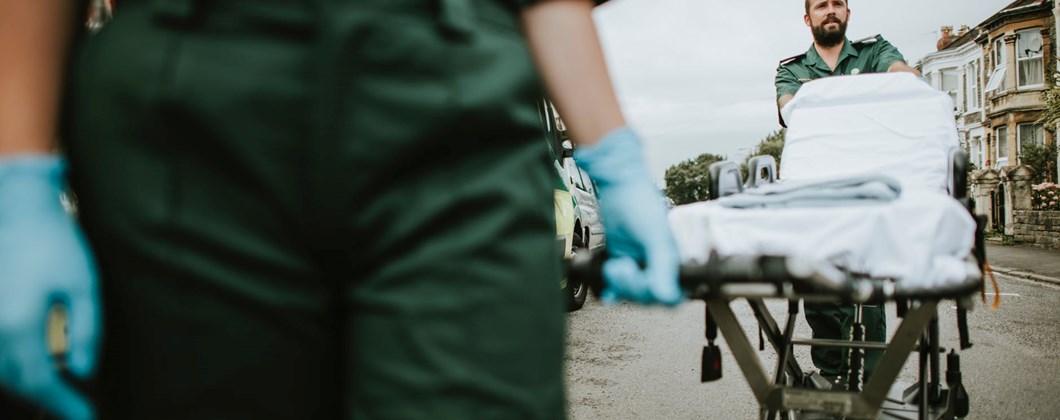How To Prevent Near Misses Turning into Accidents

Every individual is likely to find themselves in a near miss situation at some point in their lives, perhaps at home, on the road or at their place of work. In the workplace, tasks such as operating machinery or heavy lifting (amongst various others) can present risks to personal safety or damage to equipment. A near miss refers to one of those unplanned events that has the potential to cause harm, but does not actually result in human injury, environmental or equipment damage, or an interruption to normal operations.
Employers rely on close call and hazard reporting to discover and address risks, but employees may be tempted to write off near misses as a ‘close call’. With no harm done it may seem reasonable to conclude that there is no need to report the incident. In fact, employees may deliberately avoid reporting such incidents.
Why Are Employees Reluctant to Report Near Misses?
These are a few of the common issues that lead to non-reporting of near miss incidents:
- Not enough time: Employees are distracted by daily work and forget about responsibilities that aren’t related to their regular duties. However, if you do notice a hazard, it’s important to notify your supervisor to ensure your own safety and that of your co-workers.
- Unclear hazard identification: Employees may not be aware of how small hazards can lead to safety incidents, causing them to go unreported. Employees should always report any hazards they notice, no matter how small they may seem.
- Fear of retaliation: Some hazards are caused by employee negligence, which can cause employees to worry about repercussions for identifying an issue. Yet, it’s important to remember that the focus of hazard reporting is prevention and correction, not discipline.
- Peer pressure: Employees may be pressured to ignore incidents if they believe a co-worker could be punished for negligence or that a report would harm workplace relationships.
Best Practice in Managing Near Miss Incidents
By reviewing the circumstances that led to the near miss incident, you can determine how and why it occurred and the likelihood of it happening again. Adopting this proactive approach to assessing the risks enables businesses to identify and take necessary corrective actions that can go some way to preventing similar – or more serious – incidents from happening in the future.
Consultation with employees is often best practice. By educating your team on what potentially could have gone wrong, and suggesting appropriate solutions, employees become more aware of the risks associated with the tasks they carry out. Consultations with staff also illustrate to employees that the organisation takes health and safety seriously.
Some employees may offer suggestions as to what actions could be taken to address the situation and this should be encouraged. By being part of the solution, they are likely to be more cautious the next time they carry out the task which led to the near miss scenario.
The following are some additional tips to help managers to assess and manage near misses in the workplace:
Rank the Near Miss by its Potential Severity
If it could have resulted in an injury or death, a full investigation should be conducted, and the near misses are communicated all the way upwards to directors. However, if the near miss creates a condition that is less serious – such as a trip hazard due to an electric cord – the hazard is reduced, and therefore communicating the risk to employees to raise awareness may be sufficient.
Educate Employees on the Risks at Every Opportunity
A near miss today could be accident waiting to happen. Near misses should be recorded and the recommended preventative measures shared with employees through various platforms, including at company meetings, on individual project sites and via internal communications platforms such as the company intranet to minimise the potential of a re-occurrence.
Train Employees to Identify and Recognise Potential Hazards
Whilst lessons can be learned from accidents, prevention is always better than cure! Employees should be trained on how to properly identify and recognize potential hazards. To make it as easy as possible for employees to submit near misses and ensure good data, consider allowing them to turn in near-miss reports anonymously.
At ABL we are happy to discuss near misses including accident reporting and investigation procedures, and we assist businesses to put robust systems in force.

Our risk manager, Callum Davidson has considerable experience in this area across a wide range of industry sectors, including retail, hospitality, construction. For further information and guidance contact our Risk Manager at: callum.davidson@ablinsurance.co.uk
